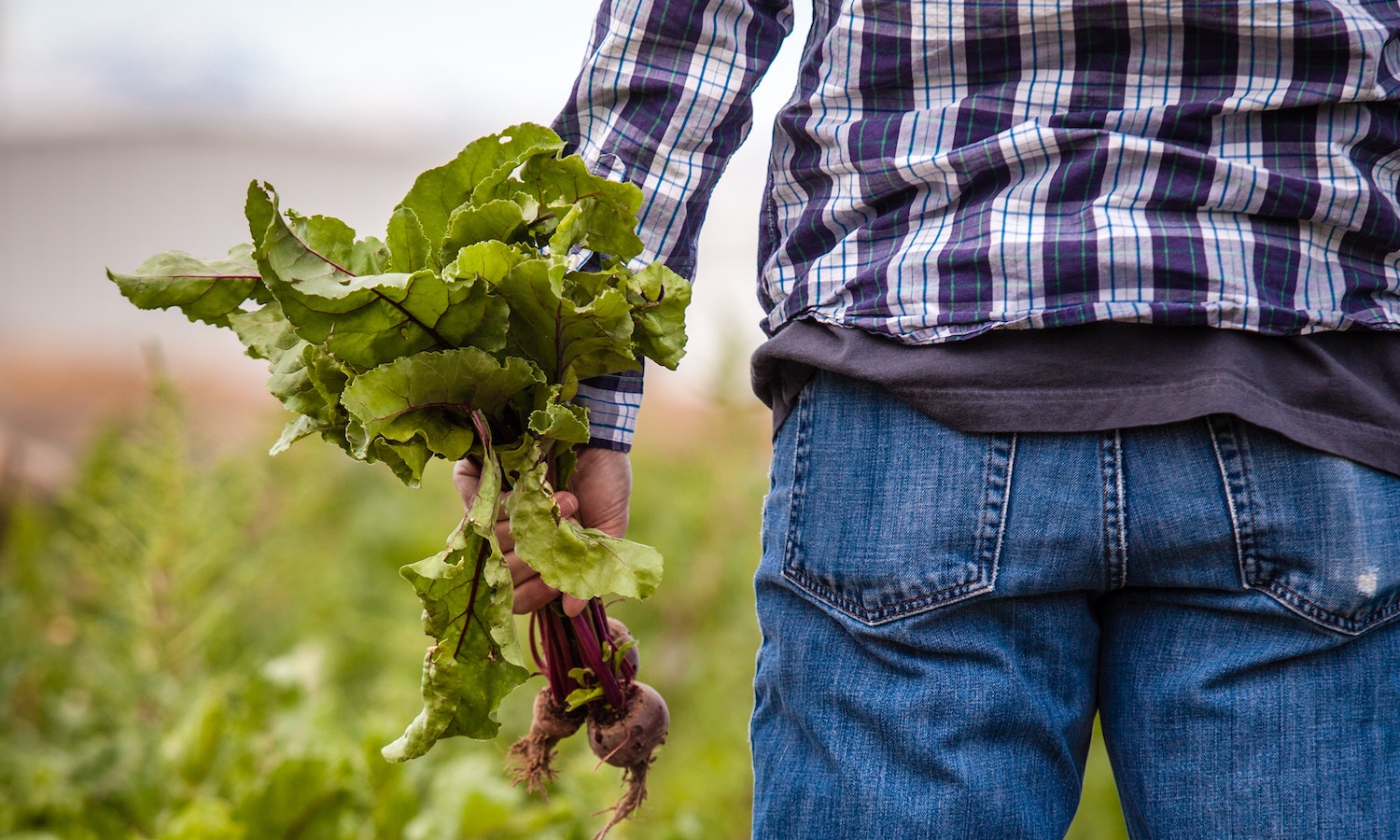The deadline to respond to the 2022 Census of Agriculture is approaching, but U.S. farmers and ranchers still have the opportunity to ensure their voices are heard and help shape future food and farming policy.
Conducted every five years by the U.S. Department of Agriculture National Agricultural Statistics Service (USDA NASS), the Census is a complete count of all the country’s farms, ranches, and the people who operate them. The deadline to respond is February 6, 2023.
Including farms of all sizes in rural and urban areas, the survey captures data on land use and ownership, production practices, and income. It also illuminates the changing demographics of farmers and ranchers, providing information on the number of women operators, the age of producers, the number of veterans working in agriculture, and more.
“When legislators are drafting a farm bill or other legislation, they want to know: How many people will this affect? How many farms or ranches will this impact? And a Census of Agriculture provides them a great data set to use,” says Mark Schleusener, Illinois State Statistician for the NASS.
For young people pursuing or interested in careers in agriculture, the information from the Census can prove particularly important. The average age of U.S. producers was 57.5 years in 2017 when the survey was last conducted, up 1.2 years from 2012.
“For young people, getting access to land and capital is very difficult, so we are tracking new and beginning farmers with the Census of Agriculture,” Schleusener says. “And another part of USDA, the Farm Service Agency is helping to provide…easier methods of getting a loan for someone who’s new.”
The Census of Agriculture also evolves to include new topics based on feedback they received following previous surveys. This year’s questionnaire, for example, includes new questions on internet access.
Schleusener explains that the USDA has prompted farmers to answer whether or not they have had an internet connection “for years.” But in the latest survey, they’re trying to gain a better understanding of whether producers rely on a cellular data plan, broadband, or satellite, and check all that apply.
“There are lots and lots of smart young people out in the rural areas, and if they had a good internet connection, they could have a really good job. And without that connection, maybe they can’t,” Schleusener tells Food Tank. “And in terms of the farm business, maybe it’s a little bit harder to purchase supplies or to market their commodities.”
The survey also includes new questions around hemp production, which has “recently become a USDA sponsored or endorsed crop,” Schleusener says, as well as precision agriculture and hair sheep.
Over the next year, the NASS will sift through and analyze the results of their survey. “It takes us a while to be very careful with that data and examine all the outliers, double check things, maybe recontact people if we’re uncertain as to whether the data are correct,” Schleusener says.
The results of the Census will be publicly available by the spring of 2024.
Listen to the full conversation with Mark Schleusener on “Food Talk with Dani Nierenberg” to hear about the USDA’s utilization of the 2017 Census of Agriculture to create tax breaks for producers engaging in agritourism, how the NASS ensures they are reaching all farmers and ranchers, and helping veterans transition into agriculture.
Articles like the one you just read are made possible through the generosity of Food Tank members. Can we please count on you to be part of our growing movement? Become a member today by clicking here.
Photo courtesy of Heather Gill, Unsplash















